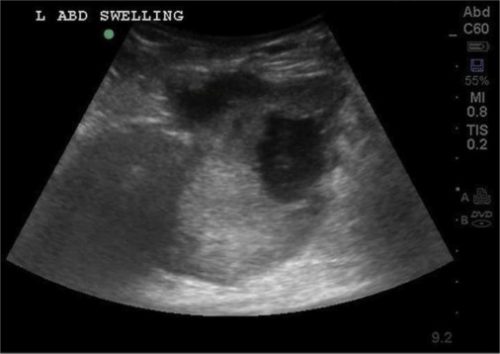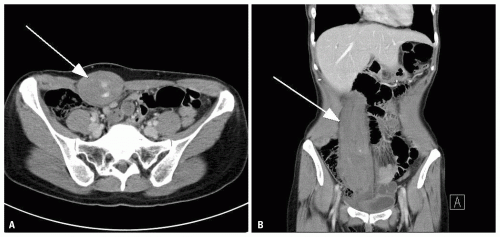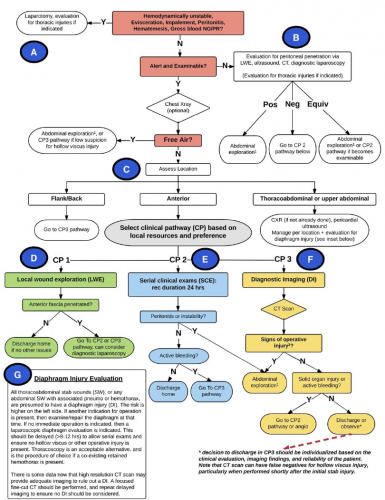Nonoperative management of the blunt injured spleen is now routine in patients who are hemodynamically and have no evidence of other significant intra-abdominal injury. The trauma group at the University of Arizona – Tucson scrutinized the failure rate of this procedure in children because it is not yet well established.
They reviewed 5 years of data from the National Readmission Database. This is actually a collection of software and databases maintained by the federal government that seeks to provide information on a difficult to track patient group: those readmitted to hospitals after their initial event.
Patients who had sustained an isolated spleen injury who were less than 18 years old and who had either nonoperative management (NOM), angioembolization (AE), or splenectomy were analyzed. Outcome measures included readmission rate, blood transfusion, and delayed splenectomy. Common statistical techniques were used to analyze the data.
Here are the factoids:
- About 9500 patients were included, with an average age of 14
- Most (77%) underwent NOM, 16% had splenectomy, and 7% had AE (no combo therapies?)
- Significantly more patients with high grade injury (4-5) had splenectomy or AE than did the NOM patients (as would be expected)
- A total of 6% of patients were readmitted within 6 months of their initial injury: 12% of NOM *, 8% of AE *, and 5% of those with splenectomy (* = statistically significant)
- The NOM and AE patients were also more likely to receive blood transfusions during their first admission
- Delayed splenectomy occurred in 15% of cases (7% NOM and 5% AE) (these numbers don’t add up, see below)
- Statistical analysis showed that delayed splenectomy was predicted by high grade injury (of course), blood transfusion (yes), and nonoperative management (huh?)
- In patients who were readmitted and splenectomized, it occurred after an average of 14 days for the NOM group and 58 days for AE (huh?)
The authors concluded that “one in seven children had failure of conservative management and underwent delayed splenectomy within 6 months of discharge.” They stated that NOM and AE demonstrated only a temporary benefit and that we need to be better about selecting patients for nonoperative management.
Hmm, there are several loose ends here. First, what is the quality of the study group? Was it possible to determine if these patients had been treated in a trauma center? A pediatric vs adult trauma center? We know that there are outcome disparities in spleen trauma care at different types of trauma centers.
Next, are they really pediatric patients? Probably not, since age < 18 were included and the average age was 14. Injured spleens in pre-pubescent children behave much better than adolescents, which are more adult-like.
And what about the inherent bias in the “readmission data set?” You are looking only at patients who were readmitted! By definition, youare looking at a dataset of poorer outcomes. What if you had identified 9,500 initial patient admissions from trauma registries and then tried to find them in the readmission set. I know it’s not possible to do that, but if it were I would bet the readmission and delayed splenectomy numbers would be far, far lower.
And what about those delayed splenectomy numbers? I can’t get the percentages to match up. If 15% of the 7965 patients who didn’t have an initial splenectomy had it done later, how does 7.2% of the 7318 NOM patients and 5.3% of the 1541 AE patients add up?
Bottom line: The usual success rate tossed around for well-selected nonoperative management is around 93% when optional adjunctive AE is part of the algorithm. That’s a 1 in 14 failure rate, and it generally occurs during the initial hospitalization. In my experience, readmissions are very rare. And that’s for adults; children tend to behave even better!
I wouldn’t consider changing my practice yet based on these findings, but the devil will probably be in the details!
Here are some questions for the presenter and authors:
- Please provide some detail on the data set. We really need to know an age breakdown and the types of centers they were treated at, if available.
- Discuss the potential data set bias working backwards from a database that includes only readmitted patients.
- Please clarify the delayed splenectomy statistics to help match up the numbers.
I’m anticipating a great presentation at the meeting!
Reference: Delayed splenectomy in pediatric splenic injuries: is conservative management overused? AAST 2019 Oral abstract #8.




